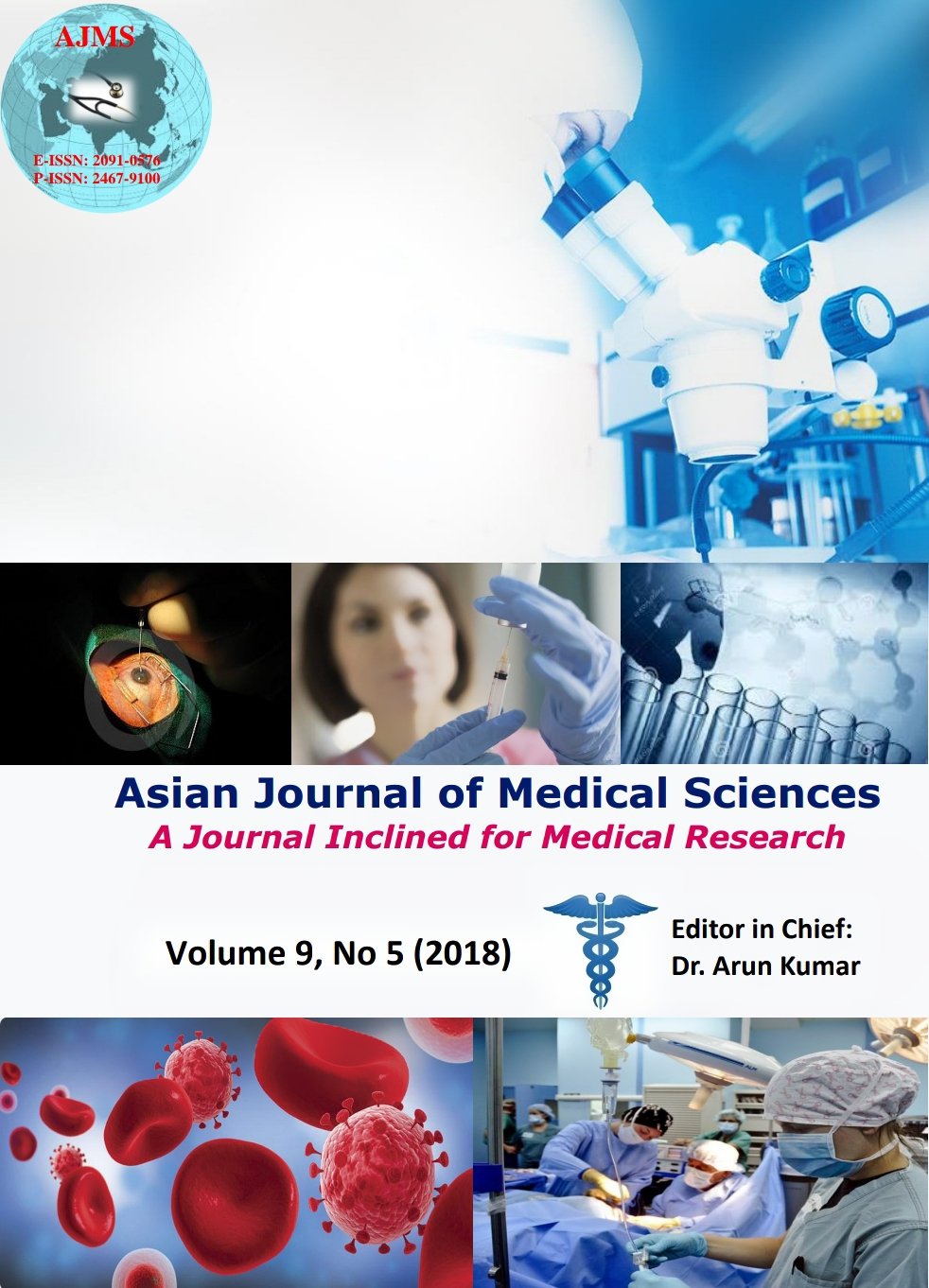Chemopreventive compounds from plant derived food and their bioactivity
Keywords:
Bioactivity, Chemoprevention, Genoprotection, Oxidative stress, Terrestrial plantsAbstract
Terrestrial plants, especially higher plants, have a long history of use for the treatment of many human diseases such as ailment, cancer, diabetes, neurodegenerative and cardiovascular disorders. Since then, many studies have been designed to evaluate biochemical properties of whole plant extract, fractions or isolated compounds. Several researches have established the relation between consumption of plant derived products to minimize the oxidative stress and diseases associated with stress. These beneficial biological properties on animal health has been attributed to certain classes of metabolites contents in plants including anthocyanins, flavonols, tannins, carotenoids, terpenoids, alkaloids and vitamins. The bioactivity of these compounds is due to their ability to scavenge reactive oxygen species (ROS) or NOS or to modulate antioxidant enzymes expression. The devastating environmental pollution has burdened with numerous toxic chemicals of which biological compounds such as nucleic acid, proteins and membrane phospholipids were the potential targets leading to mutation, cell injury and death. The endogenous antioxidant systems falls prey in response to these toxic and deleterious oxidants and reactive oxygen species. In these conditions, exogenous chemopreventive compounds extracted from plant derived foods are required to maintain cell hemostasis. This review highlights the source and the chemopreventive mechanisms of genoprotective compounds from plant derived food.
Asian Journal of Medical Sciences Vol.9(5) 2018 1-7
Downloads
Downloads
Published
How to Cite
Issue
Section
License
Authors who publish with this journal agree to the following terms:
- The journal holds copyright and publishes the work under a Creative Commons CC-BY-NC license that permits use, distribution and reprduction in any medium, provided the original work is properly cited and is not used for commercial purposes. The journal should be recognised as the original publisher of this work.
- Authors are able to enter into separate, additional contractual arrangements for the non-exclusive distribution of the journal's published version of the work (e.g., post it to an institutional repository or publish it in a book), with an acknowledgement of its initial publication in this journal.
- Authors are permitted and encouraged to post their work online (e.g., in institutional repositories or on their website) prior to and during the submission process, as it can lead to productive exchanges, as well as earlier and greater citation of published work (See The Effect of Open Access).




